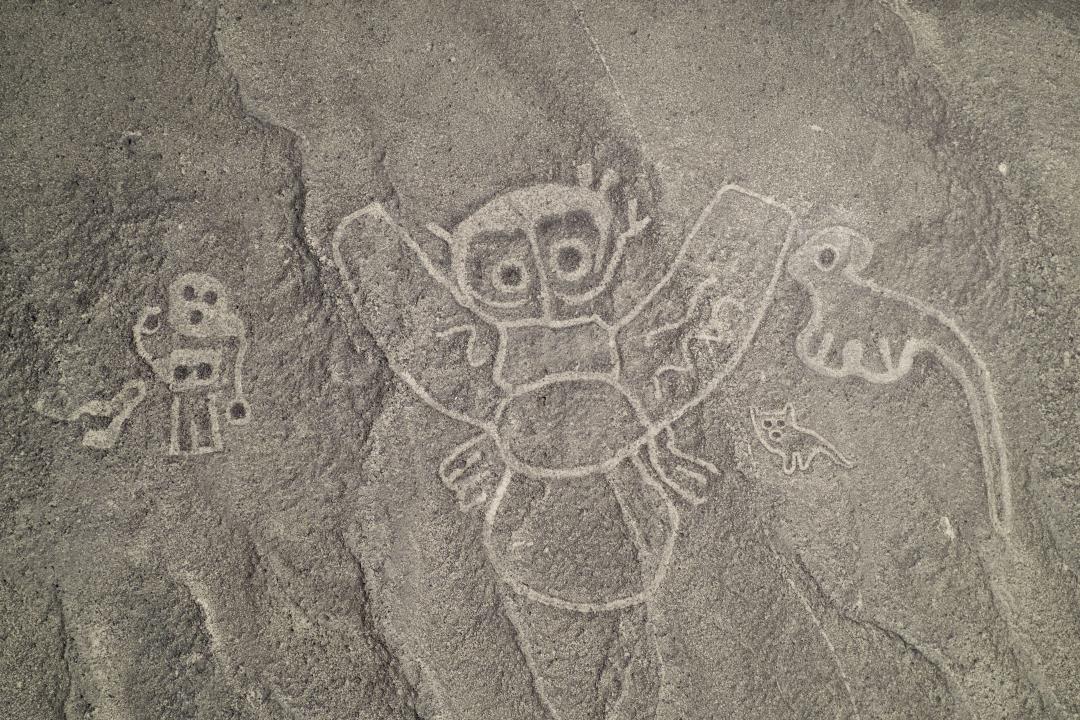Artificial intelligence (AI) has recently contributed to the finding of three new Nazca Lines in Peru, a groundbreaking development in the field of archeology. These Nazca geoglyphs, which are over 2,400 years old, were located by a deep-learning system, which worked much faster than humans, and uncovered a pair of legs measuring 250 feet, a 62-foot-wide fish, and a 56-foot-wide bird. The system was developed in partnership with IBM and trained using data from 21 known Nazca geoglyphs, which facilitated the rapid discovery of these hidden figures. These findings were published in the July edition of the Journal of Archaeological Science.
The discovery of these three new Nazca Lines is not an isolated incident, as researchers from Japan and Peru, in a joint effort, discovered over 150 new Nazca Lines over a period of two years. These geoglyphs depict stylized versions of animals and humans, and are believed to have been created between 100 BCE and 300 CE, adding to the historic landscape of Peru. The new findings provide further insight into the ancient culture and lifestyle of the Nazca people, and their relationship with the desert terrain.
Denial of responsibility! VigourTimes is an automatic aggregator of Global media. In each content, the hyperlink to the primary source is specified. All trademarks belong to their rightful owners, and all materials to their authors. For any complaint, please reach us at – [email protected]. We will take necessary action within 24 hours.


